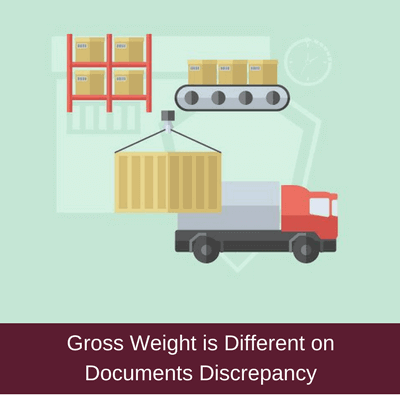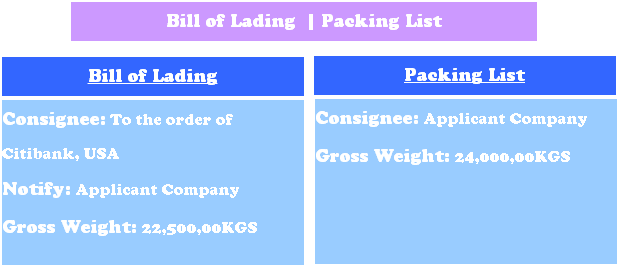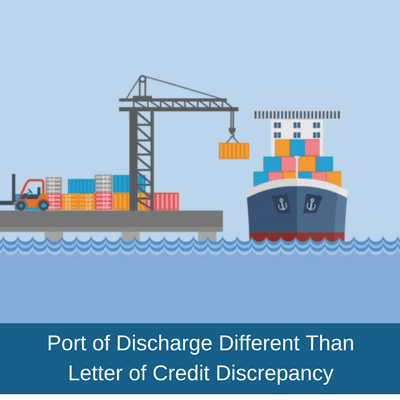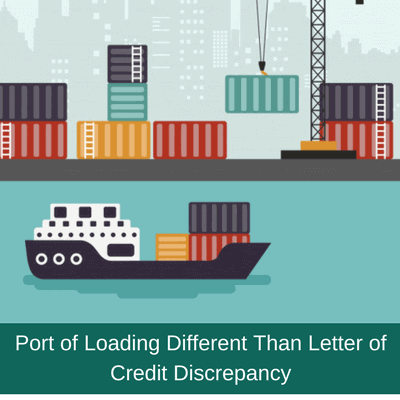A clean bill of lading is a type of transport document, which bears no clause or notation, which expressly declares a defective condition of the goods and/or the packaging.
Banks can accept only clean transport documents under letters of credit transactions.
Banks do not accept any unclean transport document.
As a result, presentation of an unclean bill of lading would create a discrepancy, in the eyes of the banks.
What makes a bill of lading clean or unclean?
- An express clause declares a defective condition of the goods makes the bill of lading unclean.
- An express clause declares a defective condition of the packages of the goods makes the bill of lading unclean.
Please kindly keep in mind that below points do not make a bill of lading unclean.
- Absence of the word “clean” does not make a bill of lading unclean.
- Deletion of the word “clean” does not make a bill of lading unclean.
Sample Clauses Which Make a Transport Document Unclean:
- Packaging is not sufficient for port to port ocean transportation.
- Goods which improperly stored at the port of loading have been shipped on board partially wet and not in good condition.
Example of an Unclean Bill of Lading Discrepancy:
A letter of credit has been issued in SWIFT format, subject to UCP latest version, with the following details:
Letter of Credit Conditions
Field 45A: Description of Goods and or Services: Fruits
Field 46A: Documents Required: Full set of clean on board bill of lading marked freight payable at destination made out to order of Bankinter, SA notify Applicant Company with full address and contact details as indicated in the credit.
Bill of Lading
The beneficiary presented a bill of lading with the following clause: Packaging is not sufficient for the sea journey.
Discrepancy: Unclean bill of lading presented.
Reason for Discrepancy: A bank will only accept a clean transport document. A clean transport document is one bearing no clause or notation expressly declaring a defective condition of the goods or their packaging.
How to Prevent an Unclean Bill of Lading Discrepancy:
- Do not focus on “Clean” word, that might be stated on the credit. A clean bill of lading need not to indicate “clean on board” notation. “Shipped on board” notation is enough.
- Make sure that, the shipment is effected in a sound way. The goods are packed well, secured inside the container and there is no leakage out of the container.
- If you are going to make a bulk shipment, make sure that the goods will not be affected from bad weather.
- Speak with your logistics provider, in advance of the shipment, and learn all necessary precautions that you need to take, in order to prevent an unclean bill of lading issuance.












